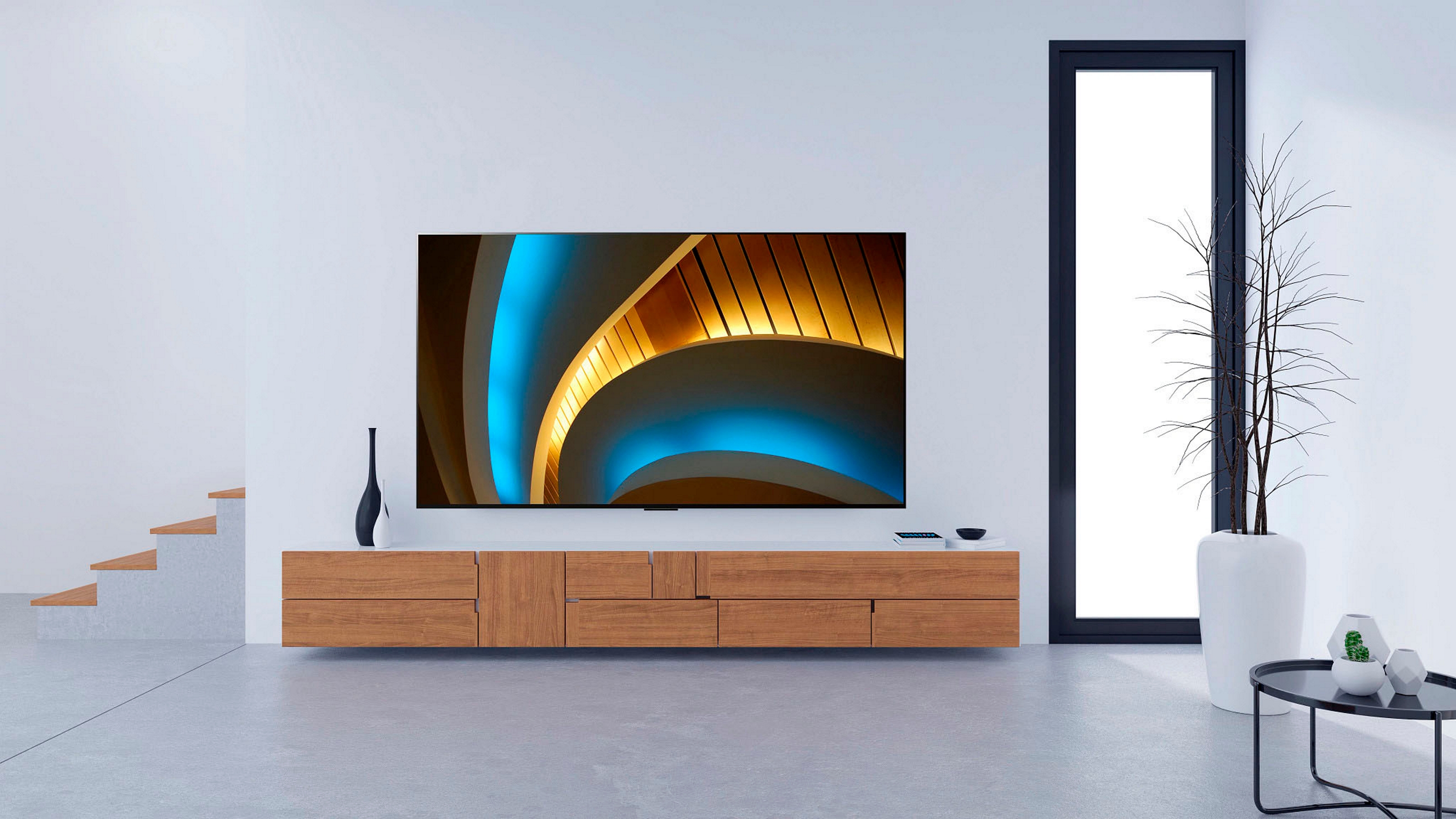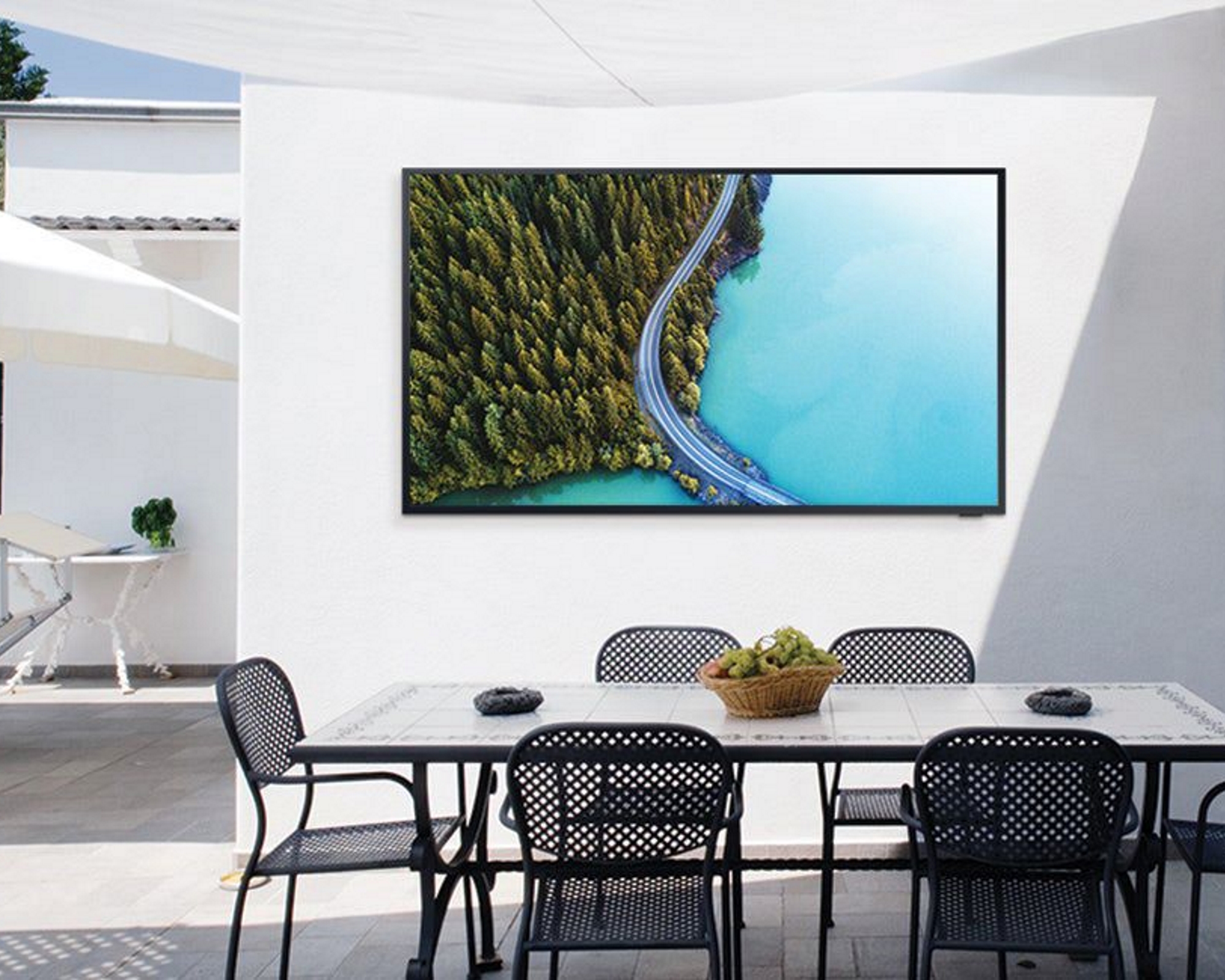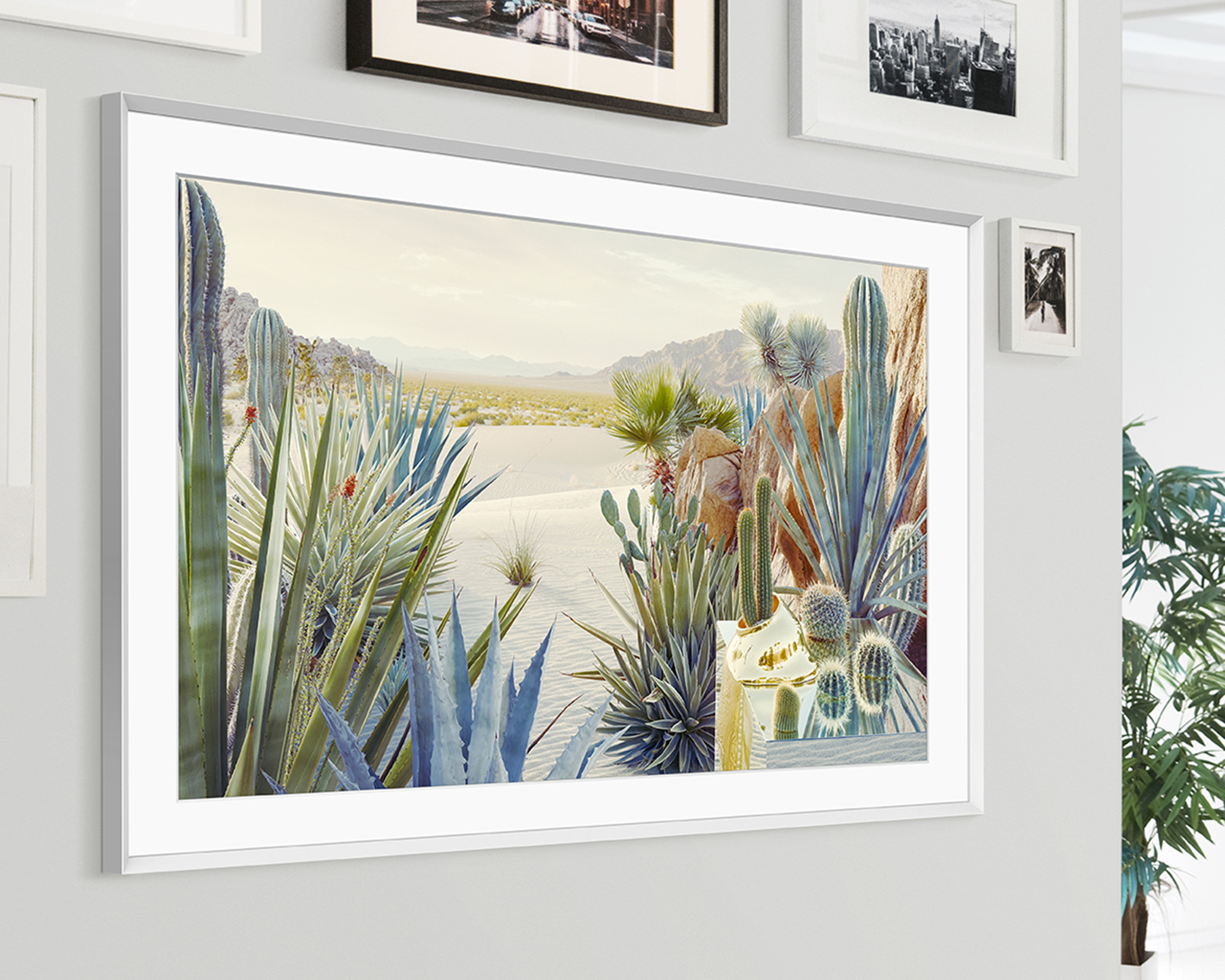Choosing the best TV for a bright room - everything you should look out for
We look at the ways to ensure you can still enjoy your TV in a sun-filled room

Whether you're living in a small space or you've already chosen the brightest, airiest room to be your lounge, contending with a sunny area where your TV makes the most sense can be tricky. How do you ensure that your viewing isn't impacted by the environment, and which TV is best if you can't avoid putting it in a bright room?
The two big things to take into account are anti-glare technology and sufficient brightness, which, when not present, can lead to a very frustrating viewing experience. We all may have noticed that a lot of movies and TV shows are actually getting darker, and a bright room just adds to the issue.
But all is not lost, as some TVs are better than others when it comes to looking great in a sunlit environment. Read on for advice on how to get it right, and head to our ranking of the best TV brands for more like this.
Get the positioning right
Our first recommendation may seem obvious, but you should think carefully about where you're putting your TV in relation to light sources like windows and lamps. Unless you never want to open the curtains or blinds, you will almost certainly find yourself watching TV in the daytime when the sun is shining into your home.
First, identify where the light sits over the course of the day, and match this up with when you're most likely to be watching. If you enjoy some morning TV with your first coffee of the day, then pay attention to where the sunshine hits at this time of day. Similarly, if your kids watch when they get home from school, note what the situation is in the afternoon.
It's best to position the TV in an area of the room that gets the least sun for the majority of the day or perhaps against a wall where drawn curtains still block some of the light from hitting the screen directly.
You can also mount the TV on a swivel or tilting mount, which you can move whenever the sun is interfering with your viewing experience.
The Livingetc newsletters are your inside source for what’s shaping interiors now - and what’s next. Discover trend forecasts, smart style ideas, and curated shopping inspiration that brings design to life. Subscribe today and stay ahead of the curve.

Choose the best panel type
Generally speaking, the better the resolution of your TV, the less you will notice screen glare and washed-out colors. Similarly, standard LED TVs (the older or more affordable kind) are going to give you more trouble, and you should opt for 4K at least if you want the best experience.
OLED and QLED TVs are the better choices in this instance, as the technology allows for brighter colors and deeper blacks even before you factor in ambient light from your home or outside.
Look for an anti-glare TV
There are a few TV models specifically designed to eliminate the screen glare that happens when typical TVs are placed in a sun-filled room. This is available across all of the major brands, including the best TVs from Sony, Samsung, and LG, as well as for QLED, OLED, NanoCell, and standard LED panels.
You could also look for lifestyle TVs designed to look like picture frames or artwork when not watching, such as Samsung's The Frame. These screens are completely matte and should be much more viewable at different brightness levels. Be aware, though, that while this is a good solution for glare, you may still get a washed-out effect if the sun is shining on the screen.
Outdoor TVs are a different option if you want to put a TV in a sunroom or in the backyard, and you can get full-sun and partial-sun models depending on the brand you go for. Samsung's The Terrace is one example, with an anti-glare screen and weatherproof protection to allow for different climates.

Adjust the settings
If all else fails, then you can go into the settings of your TV and make sure everything is set to the optimum levels for a bright room. Many TVs will have picture modes designed for various environments, including 'normal,' 'bright,' and 'brighter.' You can also adjust the backlight - we recommend setting this to be as high as possible.
There are no hard and fast rules here, so it's a good idea to play around until you're happy with the image. Newer TVs will also have more detailed modes, such as 'dynamic' or 'vivid,' which will adjust the picture based on the brightness of the space. This is a great way to 'set it and forget it' if you're someone who doesn't enjoy spending too much time in the settings menu.
Caroline was formerly smart home ecommerce editor for Livingetc, covering everything tech for the home, from smart speakers to air purifiers and everything in between. She is passionate about technology and smart devices and their role in daily life, enhancing the home without sacrificing personal style and carefully chosen interiors. In her spare time, she can be found tinkering with bulbs, soundbars, and video doorbells in an effort to automate every part of her small home. Previously, she lent her expertise to the likes of Expert Reviews, IT Pro, Coach, The Week, and more.